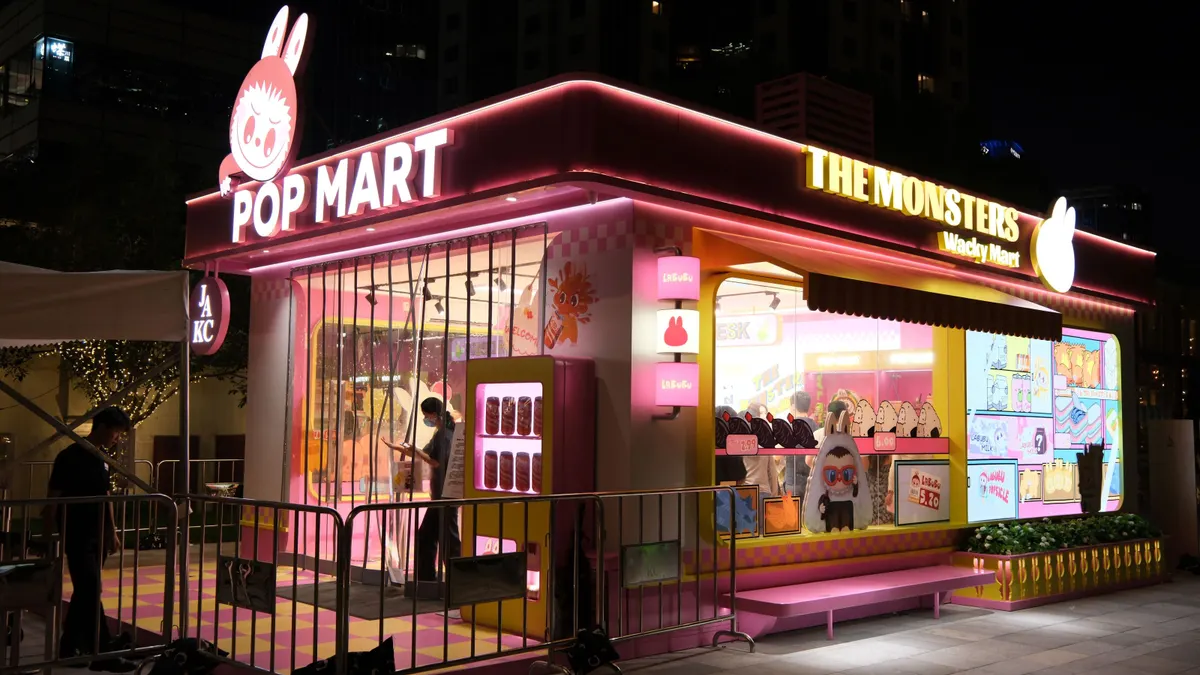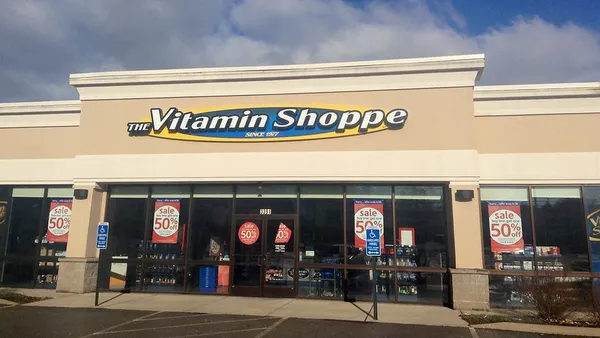Retail media networks are feeling the squeeze. The growth that defined the early RMN era is cooling as sponsored search reaches saturation and CPG advertisers reassess their investment strategies. To reignite growth and hit revenue targets, RMN leaders need more than fresh tactics—they need new media inventory types and ways to monetize shopper relationships. The answer may lie outside their stores.
Traditionally, retailers have extended their media offerings through in-store sampling and “retailtainment” events in parking lots. However, these tactics simply shift marketing dollars from high-margin on-site and search ads to lower-margin in-store activations. The real opportunity lies in tapping into experiential marketing budgets—incremental revenue that can help RMNs hit sales goals.
The experiential opportunity RMS are missing
Experiential marketing represents a massive spend category: over $128.3 billion globally, up 10.5% from last year, PQ Media reports. The lion’s share of those dollars flows to companies like Live Nation and Learfield, which sell brand association with premier properties, delivering primarily top-of-funnel awareness. These sponsorships command significant investments but rarely back out from an ROI perspective.
Retailers, by contrast, have a distinct advantage: they can command similar investments while actually targeting specific shoppers and measuring their direct impact on in-store sales. This measurement capability creates a sustainable foundation to retain and grow experiential revenue over time.
Until recently, experiential campaigns couldn’t be targeted to specific shoppers beyond basic geo-targeting—placing an event near a store without knowing if attendees actually shopped there. This targeting limitation kept experiential budgets separate from retail media investments, leaving RMNs unable to monetize this massive brand spending category. But new retail data capabilities are changing that equation, enabling brands to identify exactly where their shoppers spend time in their communities.
The targeting breakthrough that changes everything
Think of it as the physical equivalent of off-site digital media. Just as brands apply retailer targeting to reach consumers browsing the open web outside a retailer’s website, RMNs can now apply that same precision to reach shoppers during contextually relevant moments outside the physical store.
Traditional in-store sampling can feel like finding a needle in a haystack. If your product targets active lifestyle consumers or college students, setting up a demo table and hoping the right shoppers wander by isn’t efficient. RMN leaders can now help brands activate their specific shoppers with hyper-contextual targeting, reaching them in trusted communities where they’re most receptive to trying new products.
Consider being able to pinpoint where Target shoppers go to the gym or which college campuses over-index on Dollar General customers. These high-context scenarios create opportunities for emotional connections during product trial—the kind of authentic experiences that drive repeat purchase and lifetime value.
Recess, an experiential retail-media marketplace pioneering this capability, enables RMNs to leverage community networks spanning more than 235 million shoppers in places they routinely frequent such as gyms, colleges, K-8 schools, and coworking offices. Advanced targeting combines retailer shopper data with venue intelligence, enabling RMNs to identify locations that over-index on their specific customer base. This targeting specificity allows advertisers to deploy hyper-targeted campaigns to their retailer’s shopper base, ensuring every experiential dollar converts into sales for that specific retailer rather than competitors.
Real-world experiential targeting in action
Recess’ partnership with DG Media Network demonstrates these capabilities in practice. The program delivers targeted brand experiences to more than 90 million Dollar General shoppers in their local communities, using demographic filters, geo-targeting tools, and retailer targeting to identify the right moments and places to reach them.
Rather than generic sampling events, brands can now reach Dollar General shoppers where they naturally gather, in contexts where product trial feels natural and authentic for the product being sampled. By pairing experiential sampling with digital amplification, DG Media Network measurably drives in-store sales from out-of-store activations.
“Most RMNs struggle to connect experiential activations to actual sales data,” explains Jack Shannon, CEO of Recess. “These retail media networks, like DG Media Network, like Dollar General, can unlock brand budgets that were previously off limits.”
From experiential to performance: the measurement evolution
While targeting unlocks the opportunity, measurement capabilities make it sustainable. By leveraging full-funnel metrics, RMNs can prove experiential ROI, showing how out-of-store sampling drives purchase, not just awareness.
The measurement sophistication spectrum ranges from foundational to transformational: At a basic level, consumer surveys can capture baseline metrics like new customer percentage and purchase intent. Moving up the sophistication spectrum, digital offers and coupon tracking provide direct attribution.
Sales lift measurement and incrementality represents the ultimate goal. Direct retail partnerships make it possible to measure campaign success using store-level sales data by SKU. The same data that enables precise targeting can also identify which stores were visited by shoppers who participated in out-of-store sampling campaigns. This creates an exposed set of stores to measure against a control set, providing true incrementality metrics.
One OTC brand illustrates this practice, targeting Dollar General and other retail shoppers during cough, cold and flu season with a multi-channel program spanning experiential sampling, social, and digital components. The partnership enabled access to comprehensive metrics otherwise impossible to capture from experiential marketing alone: $7.28 iROAS and 5.8% incremental lift over 26 weeks.
Capturing incremental revenue streams
Armed with precise targeting and metrics, RMN leaders are well-positioned to access incremental brand budget allocations that were previously unreachable. “When you can show brands that your experiential programs deliver similar incremental metrics in the short run, while also having a more compelling impact on LTV in the long run, it transforms experiential from a cost center to a revenue driver,” Shannon notes.
This advantage becomes critical as CPG brands face increased scrutiny over every advertising dollar. RMNs that can bridge retail media with experiential marketing become indispensable growth partners, offering full-funnel solutions from discovery to sales, expanding what’s possible for RMN revenue growth.
▷ Want to grow your RMN revenue? With 15,000+ sampling opportunities — all filterable by audience demographic, location, shopper behavior, proximity to retailer — Recess can help RMNs execute measurable experiential campaigns that drive both brand discovery and retail sales.










